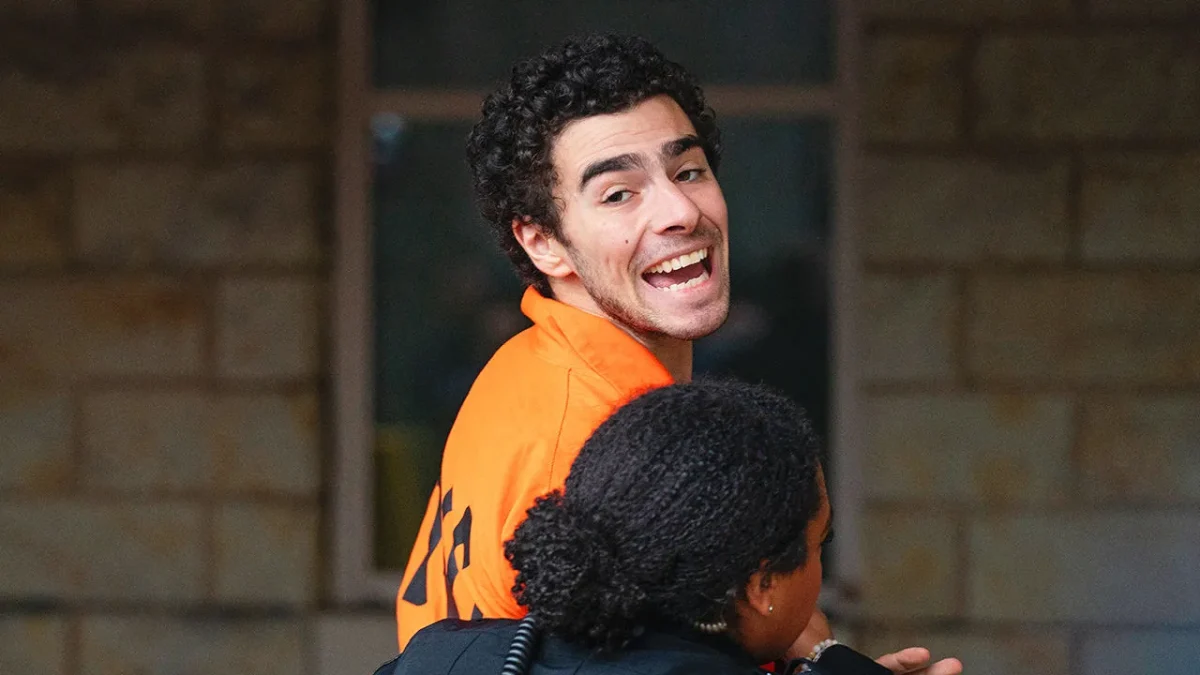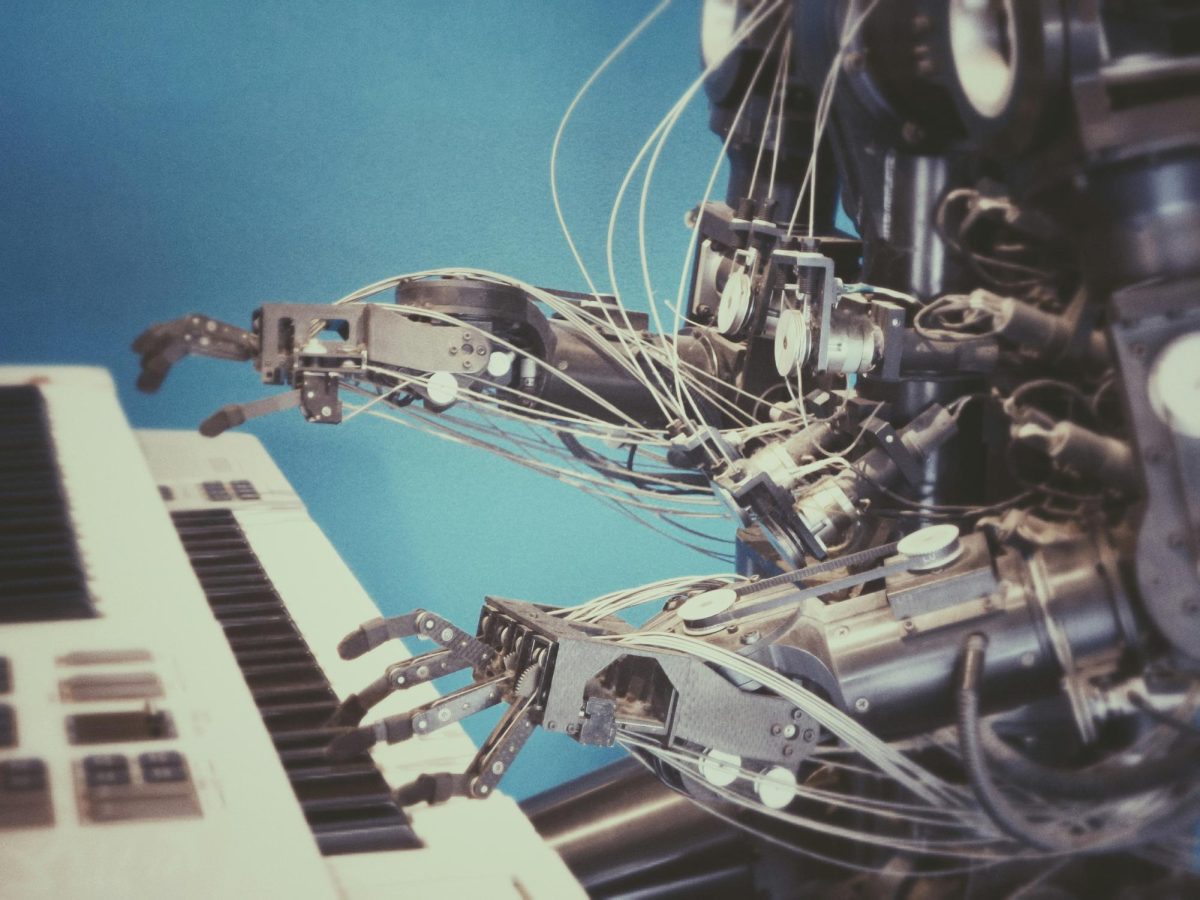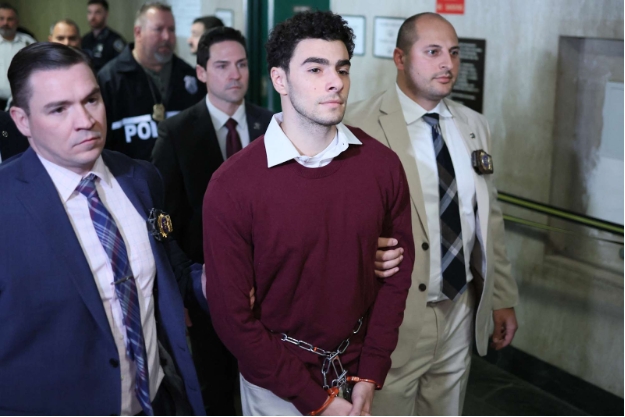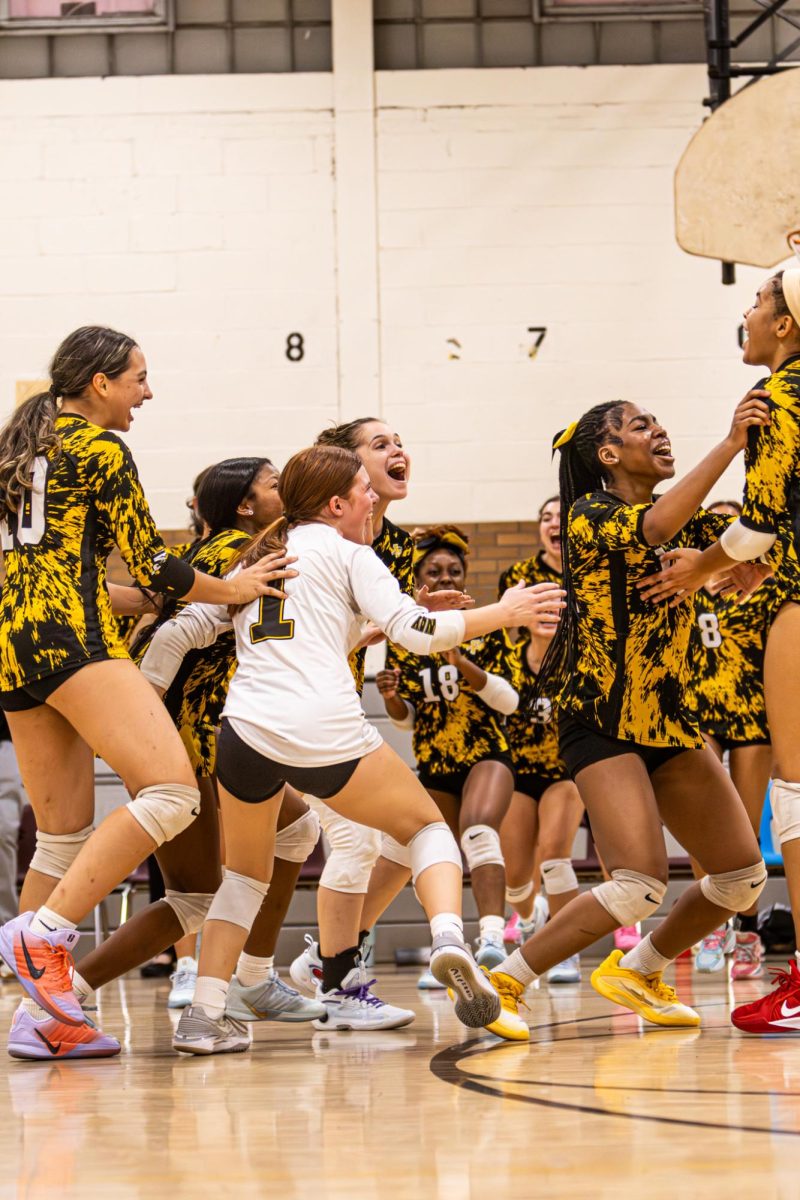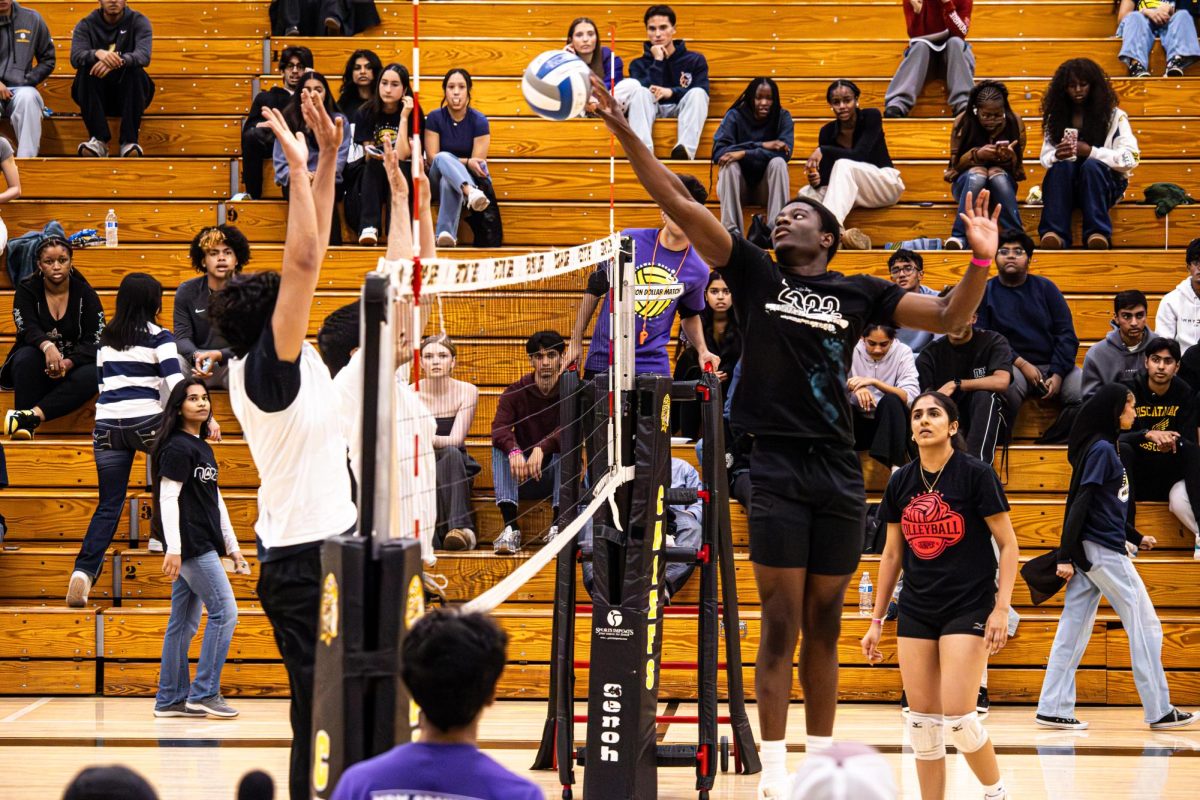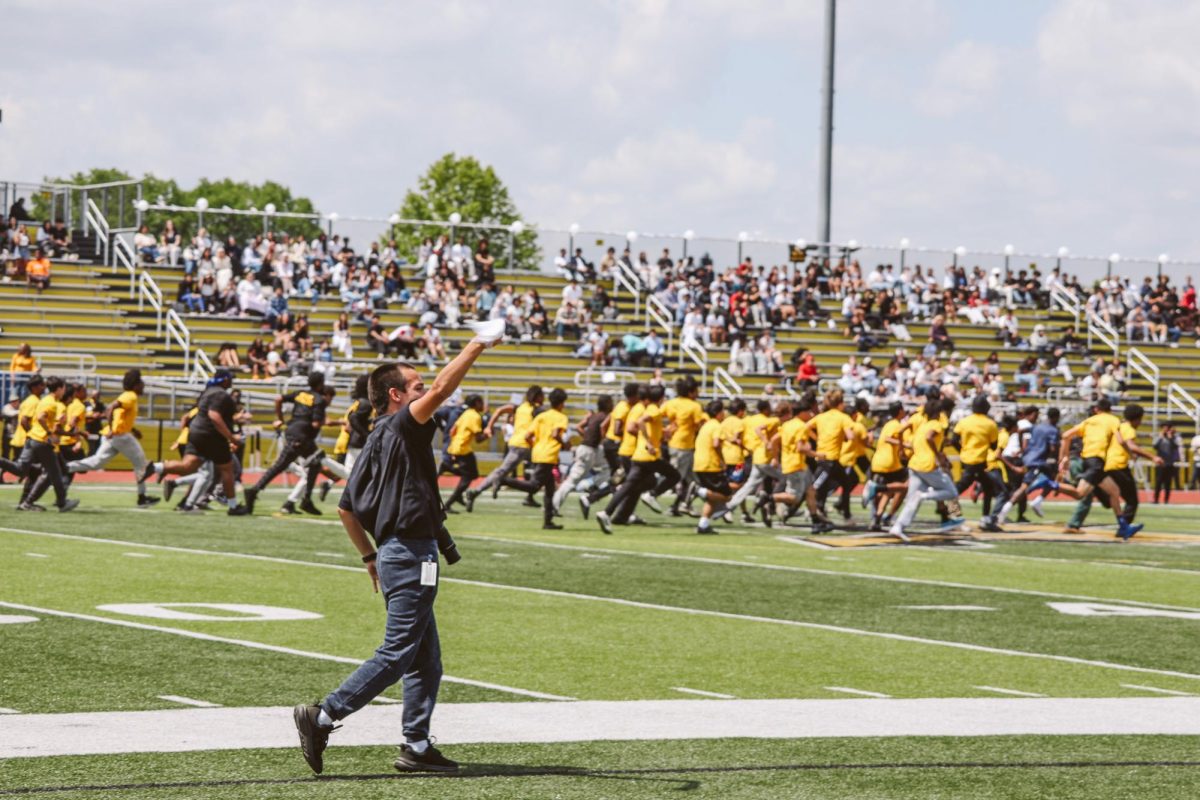12 years ago, the United States held its 2012 Presidential Election with Barack Obama and Mitt Romney running for president. Their ages were 51 and 65 respectively, creating a 58 year median between the two. Since then, the median age between the two nominees would skyrocket.
Donald Trump and Hilary Clinton would both run for president at the age of 70, creating the highest ever median age of 70, a more than 10 year increase from the previous election. Then in the 2020 election, Trump ran for reelection at 74 while Joe Biden also ran for election at 77, creating a median age increase of 75.5 years of age, further extending the record. Now, this fall, The United States will be holding its 60th presidential election. The two nominees could possibly once again be current president Joe Biden and former president Donald Trump.
By the time of the election, Trump will be 78 and Biden will be 81, extending the record for a 3rd election in a row, with the median age of 79.5 between the two. How and why have the ages of nominees changed this quickly and will it still be acceptable for a nominee this elderly to serve as president?
Well, one large reason for the higher ages is just the nominees. As previously mentioned before, we’ve only seen three different nominees trying to run for president in the last three elections, and somehow all of them were in their 70s.
What makes this more astonishing is how we’ve never had a winning presidential nominee over the age of 70. The 2016 election is also the 3rd time the United States has ever had a president over the age of 70 in thirty-four years. We could quickly draw conclusions and say that the old ages could just be a once-in-a-lifetime period of old presidents, but this pattern is being seen throughout all of U.S. politics.
This brings us to the second reason, health. Since its lowest during the presidency of Ronald Reagan in the 1980s, the median ages of both the House and Senate have risen at a very fast pace. Over these past decades, we’ve learned more on how to be more healthy and thus live longer. We are now seeing people in the senate that are nearing their 90s which can be pretty concerning, as the average life expectancy in the United States is 76 years.
Over the last decade, 58 senators have died while serving. Over the first four years of this decade, however, 32 have died, which could already show an increase for the rest of the decade. What makes this even more scary is how only 47 senators died during the 2000s.
So once again this begs the question, will it still be acceptable for the elderly to serve as president? Well, seeing what has happened with Joe Biden, I believe that it is probably okay for a president to serve until their 80s but once they turn 90, they should automatically be replaced. As we age, we begin to be more at risk of developing some type of brain disease that will affect us indefinitely, so having a president with a very old age is not reasonable, as the risk will be too high. However, having much younger presidents could greatly benefit the country as currently, the median age of the United States is 38 and having someone near the age of this can possibly unite the country by being able to better understand the issues that the majority of Americans are facing in middle age.




